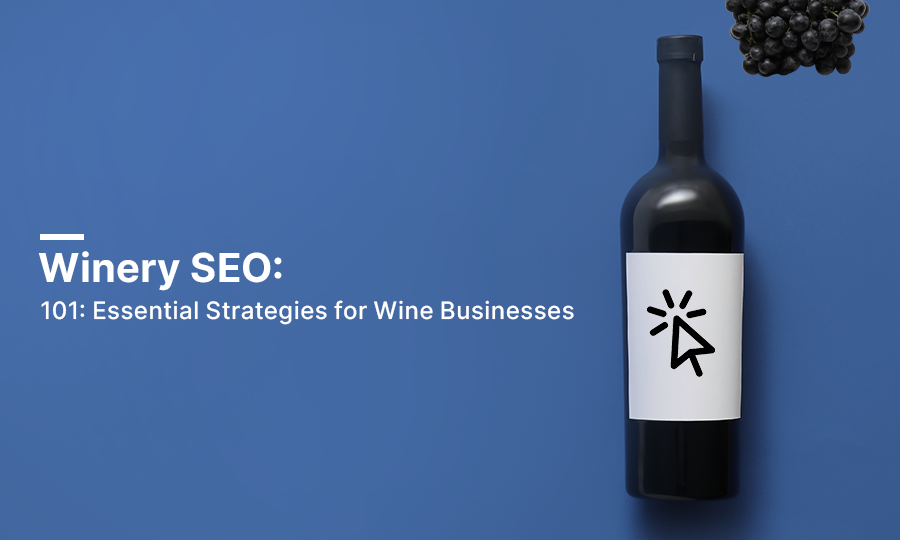Owning the grape vines, and having the best wine-making process does not make you automatically visible to your target audience. You need powerful winery SEO strategies to market your brand. SEO for wineries helps businesses attract more visitors to their website by amping up online visibility. You know what the best part is? SEO for wineries is pretty cost-effective!
You might be a master at enology and know more about wines than we do, but we could help you learn a thing or two about how to market your brand. With the help of SEO, you can select your target audience, have better ROI, and create a brand image, all at once.
What is SEO for Winery Business?
SEO for winery includes all on-page, off-page, and Technical efforts to garner organic traffic to the website. If you are already running a wind business, it is perhaps one of the most cost-effective ways to boost your sales.
Apart from boosting sales, winery SEO also entails better online visibility, more traffic, and exposure to your business. With proper SEO, you can capture different markets, find a bigger audience, and expand your horizons.
How to Boost Winery SEO?
Boosting winery consists of a gamut of SEO strategies. We can broadly categorize them into on page, off page and technical SEO. However, each of them has several micro elements under which you have to set right to get the ball rolling.
In this comprehensive guide for SEO beginners we shall discuss all SEO strategies that can take your winery business to the zenith. Let’s cast a glance at them one at a time;
1. On Page SEO Tips for Winery Business
Starting a wine business is no easy job. Considering there are a number of competitors who want to outsmart you, considering on-page SEO as an optional subject is not an option!
Let’s take a look at all the on-page tactics that you can adopt to boost online visibility and better market your wine brand.
i) Keyword Research Targets the Right Audience
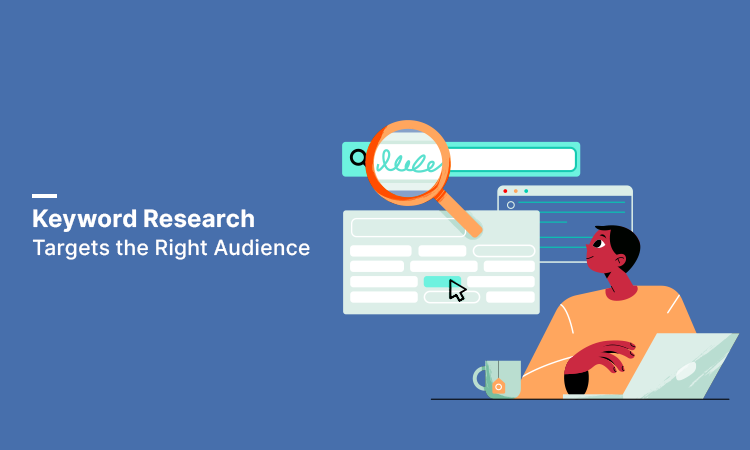
One of the key elements of any successful digital marketing strategy is keyword research. You have to comprehend the search terms and phrases potential customers use to find the best wine. Winery owners can optimize their website content to improve search engine visibility.
Finding keywords for wine brand marketing might be a tricky job, especially if you are starting a new one. You can start by using keyword research tools like Google Keyword Planner. If you can splurge a little, taking a subscription to SEMrush or Moz is not a bad idea.
There are several types of keywords that you can target. You can start by targeting generic keywords like best wine, best red wine, wine tasting, etc. These are broad terms that have a high search volume. Of course, these also have the highest competition and keyword difficulty.
To address specific search queries, you can target longtail keywords like ” family-friendly wine tours in Martha’s Vineyard’. Such keywords also address local SEO boosting.
ii) High Quality Content Captivates Audience to Make More Purchases
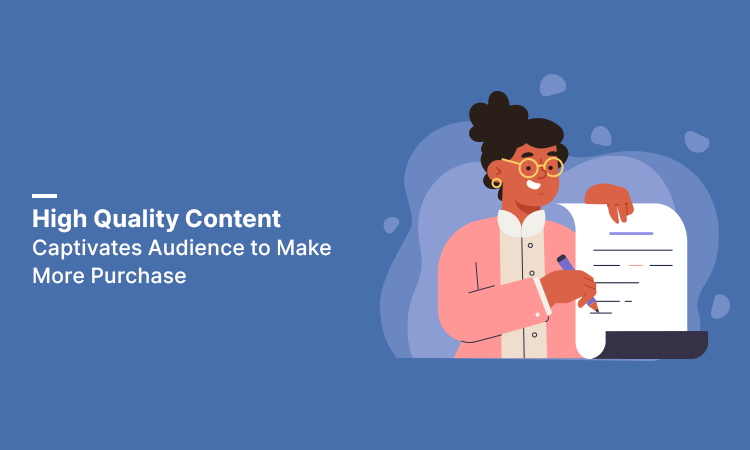
We keep asserting, “Content is King!”
Doing a good job at SEO optimization for wine brands is not possible if you skip this part. So, the first thing to do is to become a good content writer who has sound knowledge about wine. Talk to the writer about your wine brand, the aging process, the techniques, and price points.
Writers who specialize in enology would know what to do and how to come up with the best website content. Don’t cheapen out in this aspect, as search engines like Google, Bing, and Yahoo are advanced to distinguish high-quality content from poor content.
Chances are good that wine brand websites with good quality content would rank higher in search engine results. Websites with bad content would be hurled into the pits of Google limbo!
You have to ensure that you are providing quality content not just for your website but also on social media pages and guest posts. High Quality content creates user engagement and drives user engagement. When written in an SEO-friendly manner that is understandable for web crawlers, it skyrockets search engine visibility.
iii) H tags Structure the Content
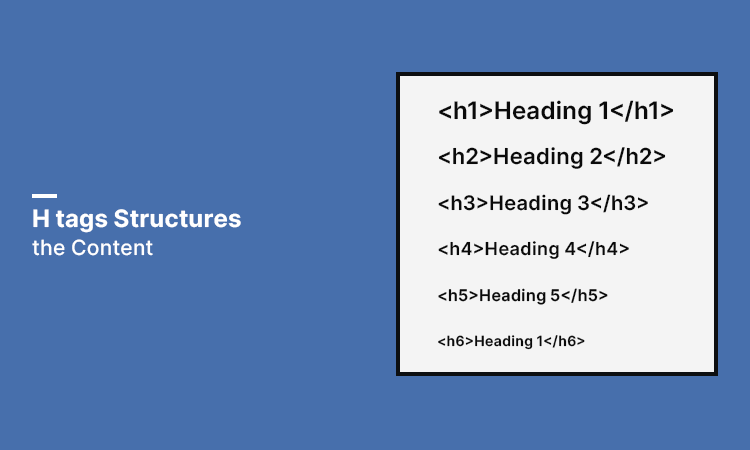
H tags or headings tags are HTML codes that help web crawlers understand the structure of the content. Without them, content is a huge block of text to the search engines. Hence, using H tags is essential for structuring the content on your winery website.
Using any H tags is not enough. If you are optimizing your content, you have to understand the order. The title goes under H1. Any heading under the H1 should be categorized under H2. All titles under H2 should be cast as H3, and so on.
iv) Optimize Image Alt Tags to Solidify SEO
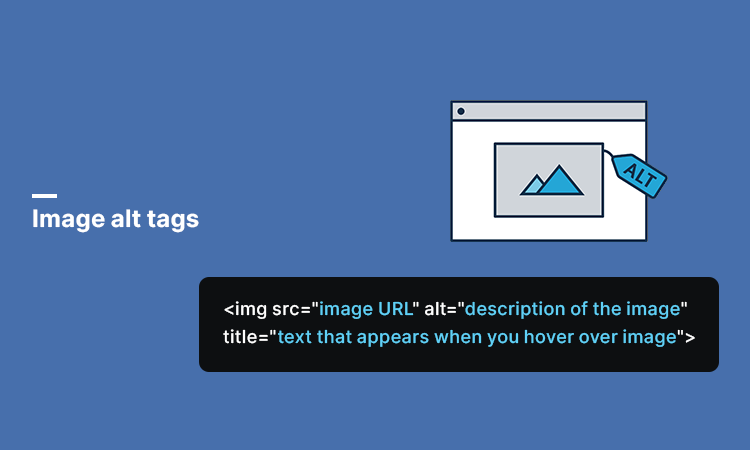
Ask your graphic designer to create the best images for marketing your wine brand, and they will.
But is uploading images enough for search engines to understand them?
The answer is a big NO.
You see, web spiders or web crawlers cannot read images. They cannot see what an image is about. It might be so in the future, but for now, using image alt tags is the only option you have.
Use alt tags to describe what an image is about. Leaving the alt tags spaces empty can give your competitors an edge. And while you are at it, please do not start with the word “image of…”.
When you are optimizing the alt tag, the search engine already knows it is an image. Hence, using words like the image of or picture for is redundant. Instead, write what an image is about in precise terms. Writing alt tags like Bottle of Chardonnay or Designer Red Wine Bottle can help you pop up on the image search on Google.
v) Internal Linking Distributes Authority
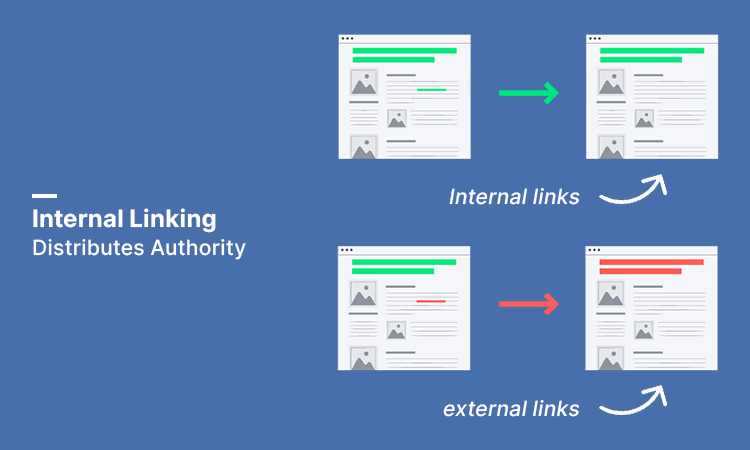
Internal linking is a super-powerful SEO strategy. It is highly capable of improving website navigation, distributing link equity, and enhancing the crawlability of your site.
Strategically link between relevant pages on your site using descriptive anchor text. These anchor texts should include relevant keywords. This not only helps users discover related content but also provides search engines with context about the relationship between different pages on your site.
By creating a logical internal linking structure, you can boost the flow of PageRank throughout your site. Internal linking across the website increases the likelihood of search engines indexing and ranking multiple pages at once, which can skyrocket your winery SEO.
vi) Optimize URL Structure for Better Ranking
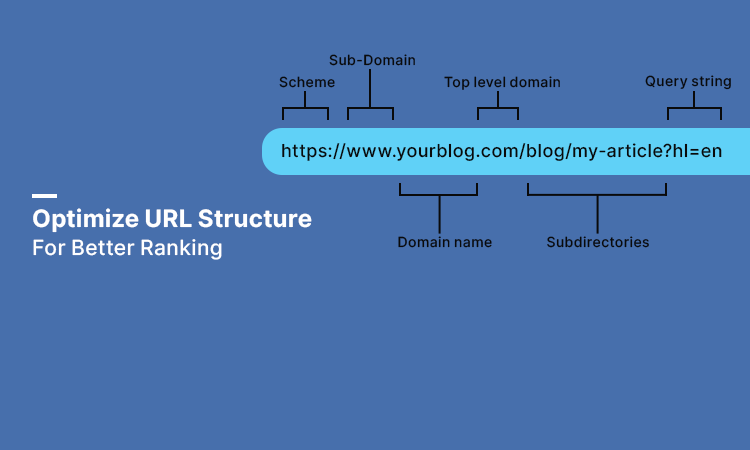
Clean and descriptive URLs can improve both user experience and SEO. The key to a good and user-friendly URL is a good structure that has a clear protocol, domain, slug, and article permalink.
Avoid using non-ASCII characters, as encoding them can be complex. If you are new to winery SEO optimization, you can go wrong with them, which is where things start to go south!
The correct way to write good URLs for your wine brand’s website is by including relevant keywords in your URLs. It provides search engines with context about the page content. Avoid long, convoluted URLs with unnecessary parameters or session IDs. Such URLs can be difficult for both users and search engines to comprehend.
A clear and concise URL structure makes it easier for search engines to crawl and index your pages. It improves your website’s visibility and click-through rates in search results exponentially.
2. Technical SEO for Wineries
The technical part of winery SEO can pose a challenge for newbies in search engine optimization. It comprises a myriad of elements that are slightly more complex than the on-page or off-page SEO.
You have to acquire sound knowledge of SEO to get the job done. Another way is to consult an SEO service agency that can guide you through the process in an efficient manner.
We are here with a crash course for beginners on how to optimize technical SEO for wine brand websites.
Let’s begin;
i) Run a Website Audit to Identify Underlying Issues
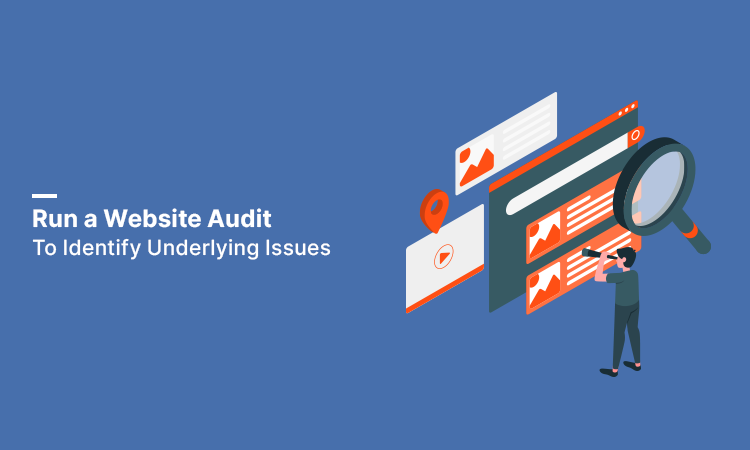
A technical audit should be the first step for winery SEO. Such audits will give you a comprehensive idea of the current optimization level of the website.
A website audit involves scrutinizing various elements such as site structure, metadata, content quality, and backlink profile. A website audit can speak volumes about page loading speed, mobile optimization, and broken links, which are important parameters for good search engine ranking.
It also shows the pages, such as ranking, keyword rankings, website volume, traffic, etc. With the help of the data from the website audit, you can form a sound SEO formula to boost the footfall of organic traffic. You can run a website audit with tools like SEMrush or Google Search Console.
ii) Optimize Website Speed for Best User Experience
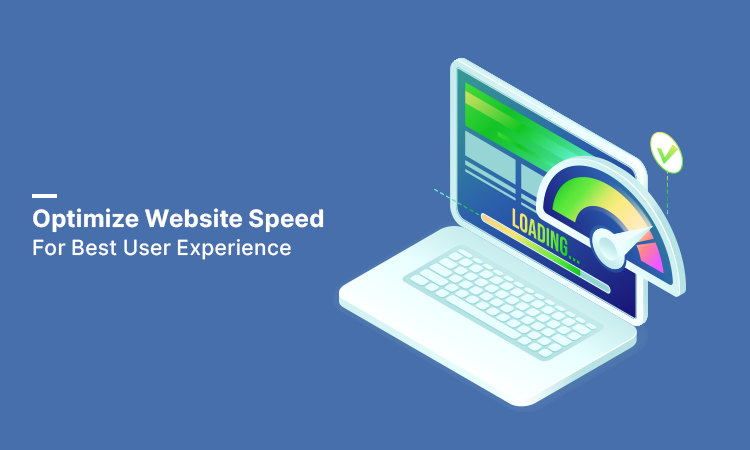
Rendering the best user experience is Google’s ultimate motto. Hence, you should do all in your might to make your winery website user-friendly. One of the primary parameters of a Google UX is superb website speed.
Aim for a page loading speed of under 2 seconds. Anything more than simply means pointing potential customers to your competitors! Slow loading times can also frustrate visitors and lead to higher bounce rates. Slow page speed impacts the research rankings negatively.
To optimize speed, compress images without sacrificing quality, leverage browser caching to reduce server requests, and minimize unnecessary scripts and plugins. Tools like Google PageSpeed Insights can help identify specific areas for improvement.
iii) Mobile Optimization Can Get Better Ranking on SERPs
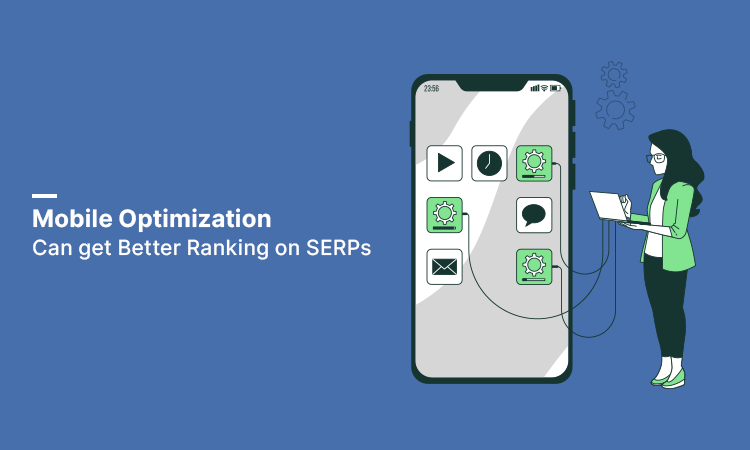
Get one thing straight: there is no skipping mobile optimization if you want to gain a considerable organic traffic volume! Google indexes the mobile version of your website first. Hence, optimizing your website for mobiles is IMPERATIVE.
About 63% of the global population depends on mobile for daily web browsing as it is convenient. Hence, appeasing this section should be your prime duty as the owner of the wine brand trying to augment its digital presence.
Ensure your site adapts seamlessly to various screen sizes and resolutions. Use responsive design principles. Also, test your site on different smartphones and tablets to identify and address any usability issues.
iv) Schema Markup & Structured Data Helps Search Engines Understand the Content
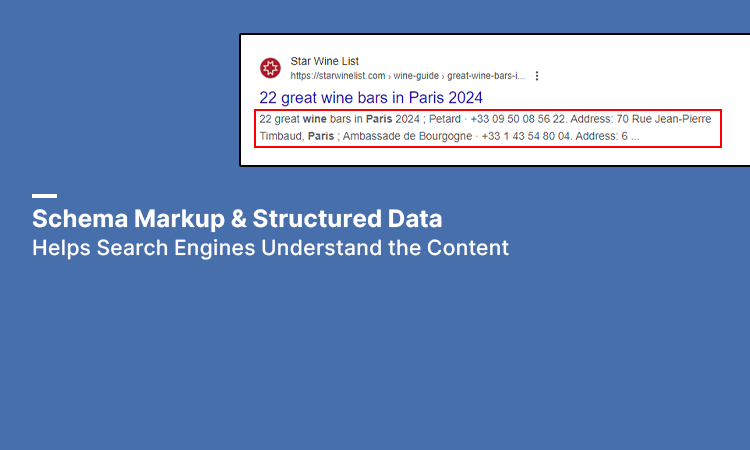
Schema markup provides search engines with structured data about your content. It helps search engines understand its context and meaning.
For a winery business, implement schema markup for products, events, opening hours, and location information. This can lead to rich snippets in search results, such as star ratings for wine reviews or event dates for wine tastings. It should enhance your visibility and click-through rates.
v) Install SSL Certificate to Secure Website Information
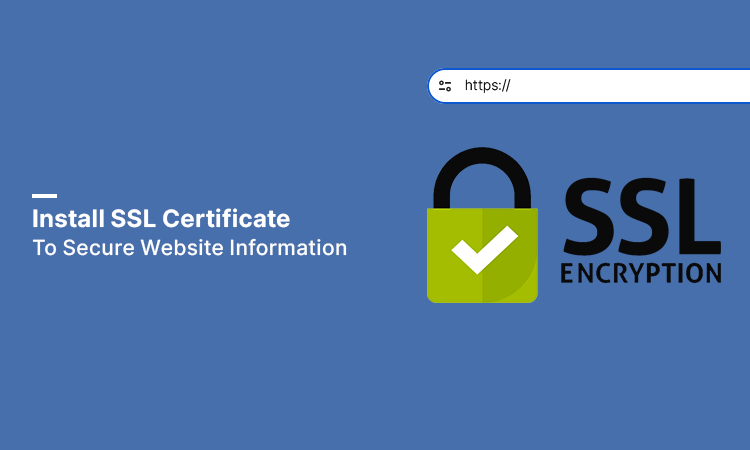
One of the core ranking factors of search engines is trust and credibility. Hence, securing an SSL certificate can help you rank on the search engine results pages. Also, in businesses like wine brands, such certificates can be more useful than others.
Google prefers secure sites in its search rankings, so having an SSL certificate can positively impact your SEO efforts. Additionally, HTTPS encryption protects user data and sensitive information. SSL certificates enhance the overall security of your website.
Ensure that your SSL certificate is properly installed and configured to cover all pages of your site. Use HTTPS URLs in your internal links and canonical tags to signal search engines that your site is secure.
3. Off-Page SEO for Wineries
Off-page efforts consist of an important part of winery SEO optimization. It encompasses all the SEO methods that are taken outside of the concerned website.
let’s take a look at some of the proven off-page SEO methods for winery marketing that have fetched results over the years;
i) Connect To High value Links to Boost Domain Authority
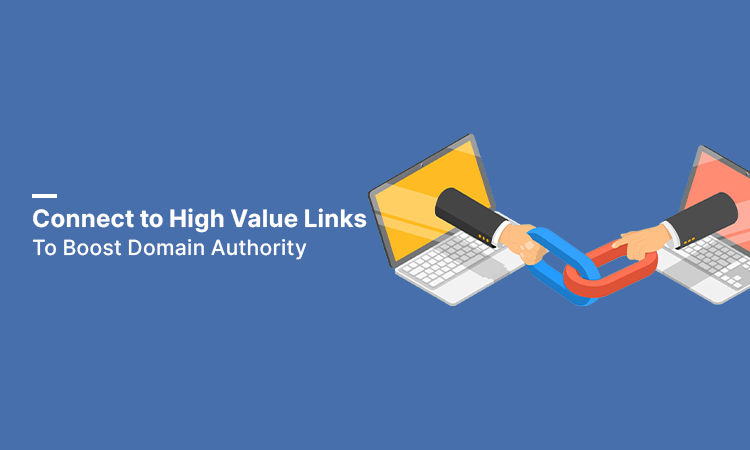
The first lesson if you are new to link building (irrespective of domain niche) is PATIENCE.
Hold your horses while link-building. This is a process that takes time. First, you have to identify the websites with higher domain authority that are of similar or related niches.
For winery SEO, you can establish connections with other websites for wine brands. You can also acquire links to food or lifestyle-related websites.
The next step is to create compelling content on your website that is worthy of being linked to. You can write in-depth articles about winemaking processes, wine-tasting guides, or vineyard tours. Providing pictures or very short videos is worth the effort.
Another alternative idea for link building is guest posting. Reach out to relevant bloggers in the wine industry to pitch guest post ideas or suggest collaboration opportunities. Ensure that all the guest posts contain high-quality content.
Search for relevant keywords to use as anchor texts on the host website. Monitor the placement of the link on the website, and you should be getting referral traffic in no time.
ii) Social Media Marketing Expands Your Market Reach

Social media marketing is one of the best SEO strategies for wineries. Social media is perhaps the greatest suggestion of brands. Hence, maintaining a compelling presence on all social media channels is essential.
Establish a strong presence on main social media platforms like Instagram, Facebook, and Twitter. These platforms have wine enthusiasts who can turn into paying customers if the marketing is done right.
You can deploy posts regarding free wine tasting or Vineyard tours on these platforms. Share visually appealing content showcasing your winery, vineyards, and previous events.
Be proactive on social media. Engage with your audience by responding to comments promptly. Be cool about negative comments. Handle them professionally. Try understanding the root source and make amends if there is any lack on your part.
Leveraging user-generated content is a superb SEO tactic for boosting domain credibility. You can also collaborate with influencers to reach a wider audience and increase brand visibility.
iii) Online Reviews and Reputation Management Creates Brand Image
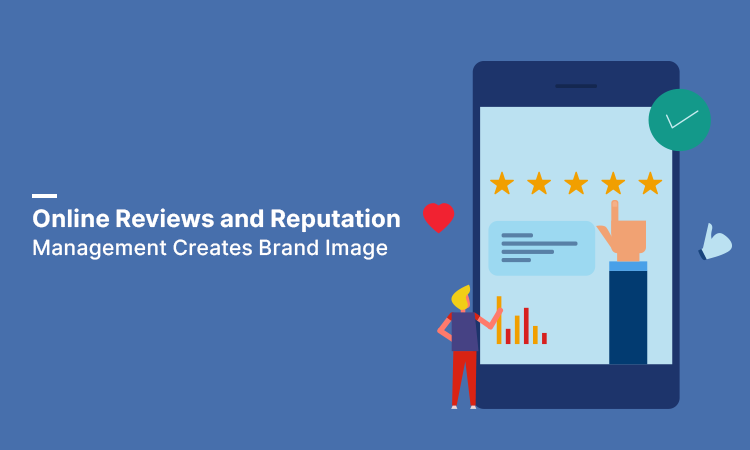
Search engines pay heed to online reviews. These reviews are a direct reflection of how good or bad your wine tastes. It points to the general user satisfaction with your product and how it is faring with the common mass.
Encourage satisfied customers to leave reviews on platforms like Google Business Profile, Yelp, and Facebook. However, it is not always possible to satiate everyone.
It is important to monitor online reviews and respond promptly and professionally to both positive and negative feedback. PR is important in the wine industry. If you find it overwhelming, you can contact a public relations agency to get matters on track for you.
iv) Cast Spell with Influencer Marketing
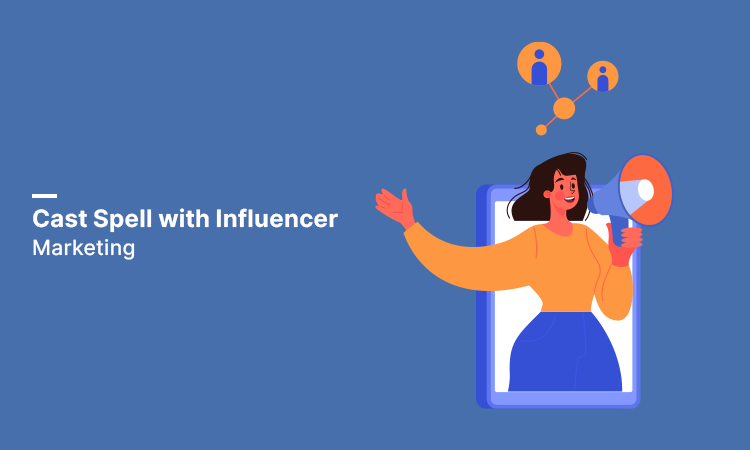
Influencer Marketing can pinch your pockets. But trust us, every penny is worth it!
If you do not have the budget to get an influencer like Julia Roberts or Antonio Banderas to endorse, no problem. Start small. Approach social media celebrities who have a good fan following. They should have a minimum follower of 50k+. Anything less than that will render this strategy pointless.
Choose celebs who are well-known for endorsing lifestyle brands. It should give you mileage.
Reach out to influencers to propose collaboration opportunities. You can ask for sponsored posts, product reviews, or influencer-hosted events.
Provide influencers with complimentary wine tastings, samples, or exclusive experiences to encourage them to promote your winery to their audience. They might also charge a fee or profit percentage for it. Try negotiating and getting the best deal.
4. Local Winery SEO Strategies
For a winery owner, getting online visibility in the local search results can be very beneficial. Working on local SEO can help wine lovers from the region discover your winery and the wine brands that are made there.
Boosting local SEO is one of the easiest steps towards better online discoverability. Let’s take a look at how you can do local winery SEO;
i) Claim Google Business Profile to Ace Local SEO
Claim and optimize your Google Business Profile listing with accurate business information. It should include your winery’s name, address, and phone number. Also, incorporate the website URL, business hours, and description.
Claiming GBP can help you get the attention of the local population. It can help you rank on the search engine when someone from your locality searches with keywords like best winery in Hawaii or best wine tasting event in Vermont.
Ensure that your NAP is consistent across all online listings and directories.
Submit your winery for listing on the local business directories. You might as well go for submitting the listing to associations related to wine tourism and regional wine trails.
ii) Local Keyword Optimization Increases Organic footfall of Local Audience
Enrich your content with local keywords that are related to wine or winery to attract the attention of local people. For instance, if you are optimizing your website for Hawaii, you would perhaps like to optimize your keyword with the word ‘Waina.’ This is the Hawaiian dialect version of the word wine.
Similarly, if you are optimizing for France, you might want to incorporate ‘Vignoble‘ in place of the vineyard for the local people to understand. The key is to find local keywords that resonate with the local people.
iii) Create Local Content to Resonate with your Target Audience
You have to have a good understanding of the local people and what they like. Use the insights to create local content that appeals to the taste of the local masses. It should speak with the audience and strike the right cord in the heart that propels them to take a visit to the vineyards.
You have to depend majorly on the locals for word-of-mouth marketing as they are the likeliest ones to visit your winery. You can create content on the winemaking process, local events, and wine-tasting tours. This would strengthen the connection with the community and attract both locals and tourists.
iv) Local Link Building Boosts Local Search Rankings
Creating an appeal to the local masses is not that tough, after all. You can take the age-old method of adding a little glitz to the matter by collaborating with local influencers and bloggers. These strategies will not only create a positive image of your vineyard/winery but will also be efficient in earning valuable local backlinks, which is terrific for winery SEO.
Partnering with local bloggers and influencers will also boost your website’s results in the search engine rankings.
v) Local Citations Garners Trust & Credibility
Ensure your winery’s information is consistent across online directories, review sites, and local business listings. When web crawlers find the same information about a business across all platforms, they trust your website.
Inconsistent or outdated information can confuse potential customers and harm your local SEO efforts. Regularly audit and update your citations to maintain accuracy and visibility. If there is any change in the NAP, update it as soon as possible.
6 Out of the Box SEO Tips for Attracting Wine Lovers
SEO measures like Content optimization, keyword management, and backlink building are tried and tested. Of course, they fetch results. But the problem with these methods is, everyone is doing it.
What would set you out of the box and ahead of others is adopting some new-age Winery SEO strategies for marketing your brand. Let’s cast a glance at them;
1. Aim to Rank in the PAA Box
PAA box stands for ‘People Also Asked Box.’ It is similar to feature snippets; however, ranking in the PAA box is easier as there are four to five slots. Using keywords to rank on the first page is a traditional method. Every other person is trying their hands at keyword density optimization. You can rank in the PAA box if you fashion your content in a question-answer format or add a solid FAQ section about the winery at the end of the content.
2. Utilize Reddit or Quora for Keyword Research
Sure, using keyword research tools is easier, but there are things beyond those tools. You can manually scour platforms like Reddit and Quora and see the topics people are interested in. If you come across topics related to winery or wine that your target audience is searching for, you can create content and post it online.
3. Optimize for Voice Search
Voice search is on the rise. 41% of people use voice search at least once a day. Searching for the best winery near a person using voice search is more accessible, takes less time, and gives the same search results, which is why wine lovers might opt for voice search instead. Hence, optimizing your website for voice search can give you better organic footfall.
4. Optimize for Google Image Search
Optimizing for image search can lead you to rank TWICE on the search engine results— first on the SERPs and second on the image search results. Ensure that the images have descriptive file names and alt tags and are relevant to your content.
5. Updating Old Content to Impart Valuable Information
This is not really an out-of-the-box for winery SEO, but surely something people do not often do. Search engines prefer websites that offer updated content. If you have an old blog post with outdated information, it is time to update it. Update the date, new techniques (if any), or any other information that can add value to your content. Updating old content has the power to add a significant boost to your wine SEO strategy.
6. Leverage Gamification to Raise User Interest
Gamification is one of the better ways to increase on-page time and get positive user behavior on the website. You can design interfaces where people can engage in simple games like ‘What type of wine suits your personality?’ or something similar. Different games raise the user’s interest and also help them learn more about wine, winery, and wine-making processes.
FAQs
Content on winery websites should be varied. It should contain specific web pages for different wines, techniques, and aging processes.
Most importantly, wineries should focus on writing blog posts that are useful to users regarding different queries that readers might have. Also, having user-generated reviews right on the website is great for winery SEO
The timeline for seeing results from winery SEO efforts depends on multiple factors. Wineries with older domains would see better rankings in a shorter span of time and vice versa. Other factors that determine search engine optimization results are keyword difficulty, content quality, and backlink portfolio.
The bracket figure for SEO results is between 1 month and one year. However, with the help of SEO services, you can fastrack the results.
The mistake most wineries make with SEO is that they forget to track the performance. You have to remember that search engine optimization is not a one-time optimization process. You have to keep a tab on it from time to time.
Another mistake people make with winery’s SEO is that they neglect the core web vitals. The page speed directly affects the bounce rate and user experience.
Hence, it should be one of the priorities. Yet another SEO faux pas that wineries make is that they fail to produce relevant content. If you want to go anywhere near the #1 page on the SERPs, you should refrain from making these mistakes.
There are many performance tracking tools available. The best tracking tool is Google Analytics. It can help you accurately see keyword ranking, traffic volume, and user behavior on your website. It is available on Google Search Console and is easy to use. If you want more than one tool, you can use SEMrush or Moz.
If you have little knowledge of optimizing winery SEO, hiring an agency would be perhaps better. It will cost a little, but you will get quicker results than you would have otherwise.
A consultant is better in case you have some SEO knowledge and can progress with little help. In such scenarios, consulting a dedicated SEO manager is better as it will cut the costs of hiring a professional service.
Conclusion
Having a winery can be as profitable as gold mines, you just have to know the right channels to market it. Winery SEO strategies discussed in this blog can help you gain the necessary online visibility to attract footfall in your vineyards.
The strategies here are simple and easy to follow. Most of the SEO strategies here do not involve a huge sum of money. With a little time and patience, you can master the art. However, if you think other SEO tips can help wine businesses, please comment below to let us know.
Additional Information:


